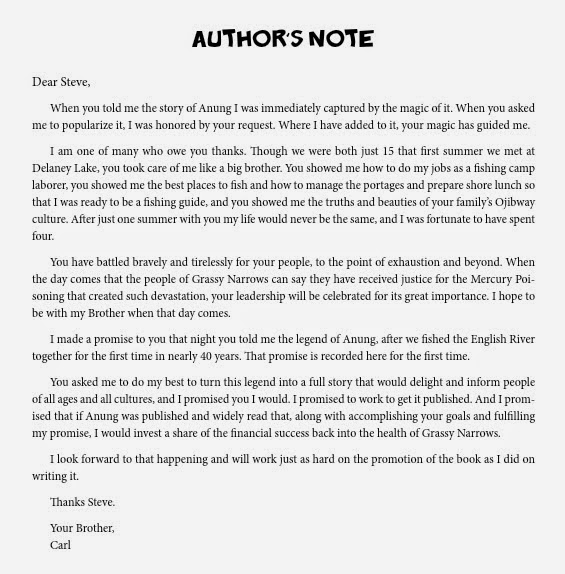Horn Book noted its candor and substance, and The Bulletin of the Center for Children's Books praised Kalman's candid discussion of Jefferson's contradictory views about slavery.
Me? The title alone brought me up short. As far as I've read, no one else has noted the title.
Apparently, the author, her editor and publisher, and obviously the reviewers, did not think how a Native person--especially one whose ancestor's were removed from their homelands--would read the phrase, "The Pursuit of Everything."
Like the presidents before him, Jefferson wanted land.
Like presidents before him, Jefferson chose to act as though Native people were primitive hunters. He wanted them to be farmers, not hunters! In fact, Native peoples of their respective nations all along the coast had been farming for hundreds of years, and Jefferson knew that. He wanted them to stop hunting, though, because if they did, they wouldn't need all that land. But it was their land. Treaties said so!
So, what to do?! Jefferson wanted that land!
In American Indians, American Presidents (published in 2009 by HarperCollins), Robert Venables quotes from a letter Jefferson wrote to William Henry Harrison:
To promote this disposition to exchange lands, which they have to spare and we want... we shall push our trading uses [familiar trading customs], and be glad to see the good and influential individuals among them run in debt, because we observe that when these debts get beyond what the individuals can pay, they become willing to lop them off by a cession of lands.See that? Jefferson's idea was to give them credit at trading posts, knowing that when they couldn't pay off that debt, their land would be used to pay it off. Today, don't we call that predatory lending?
You may wonder... are Native people in Thomas Jefferson: Life, Liberty and the Pursuit of Everything? Kalman included Hemings and slavery... did her candor extend in any way to what Jefferson said or did with regard to Native people?
We're told he had an Indian artifact in his home.
And, there's a page about "brave men" named Lewis and Clark:
Nary a mention on that page of tribes as Nations with whom the US government had treaties with... Just the names of some of them, and the words "artifacts" and "danger" and "tribespeople" and of course, the name of one person in particular, Sacagawea.
Thomas Jefferson.
The pursuit of everything.
The pursuit of everything.
The pursuit of land.
Fact: Moving Native peoples off their homelands made it possible for white people to pursue everything on that land. Thomas Jefferson: Life, Liberty and the Pursuit of Everything keeps that particular fact off the page.
Isn't that a problem? For all of us? Native and not?
If young readers can handle Jefferson's affair with Hemings, don't you think they'd be able to handle a candid page of information about Native Nations, treaties, and, about US policies on land acquisition?
Thomas Jefferson: Life, Liberty and the Pursuit of Everything, published in 2014 by Penguin Books, is not recommended.























